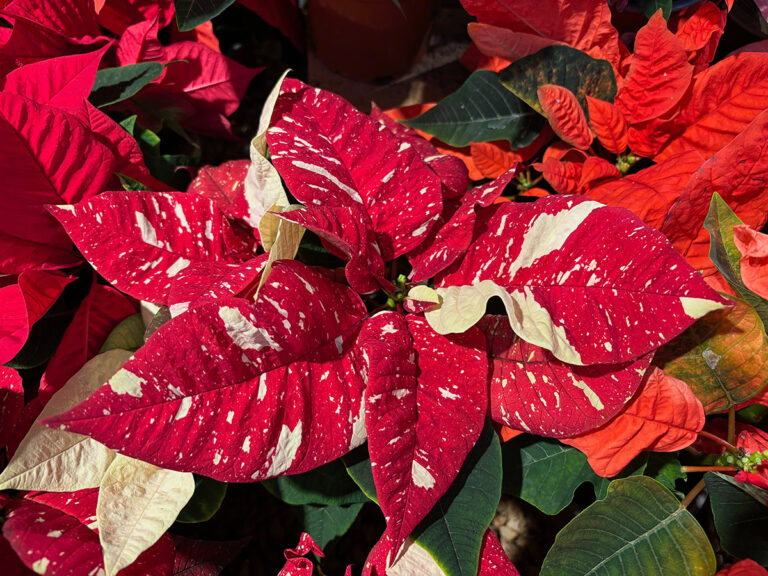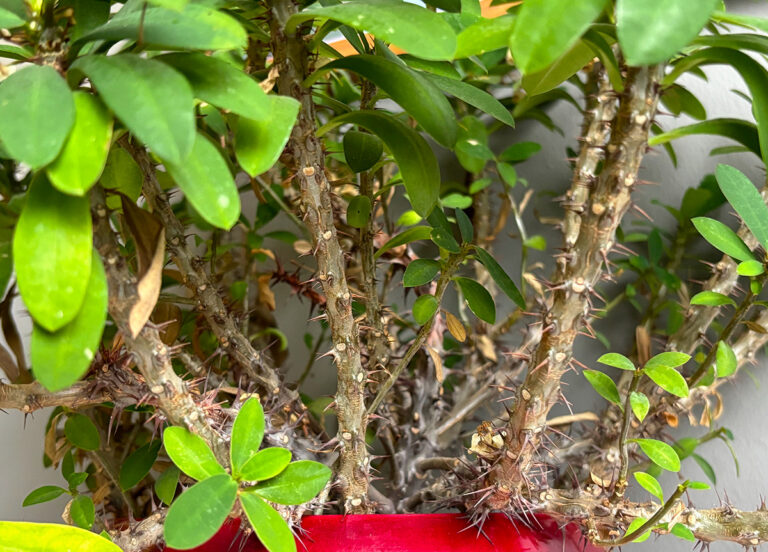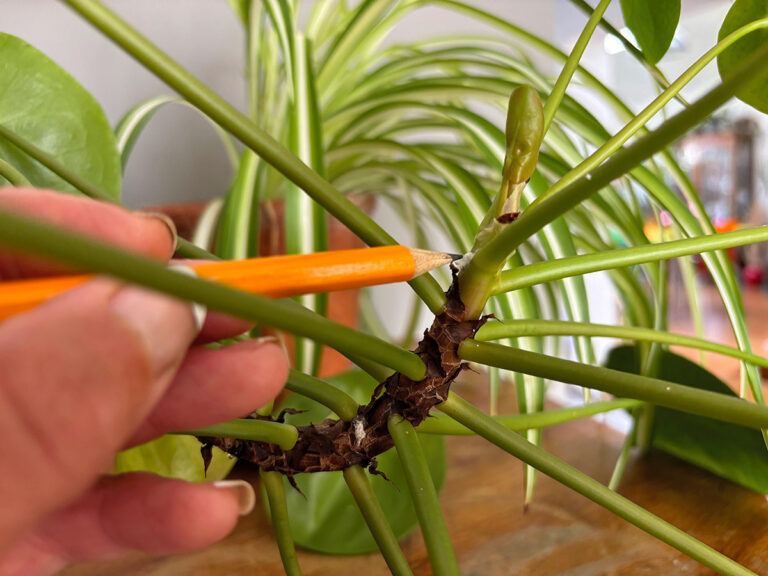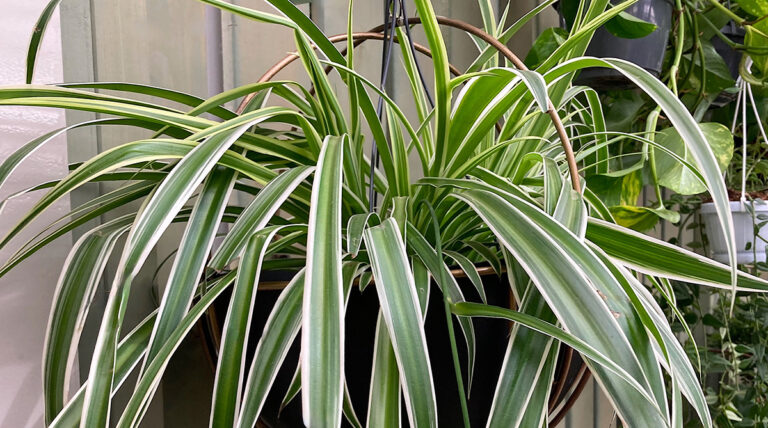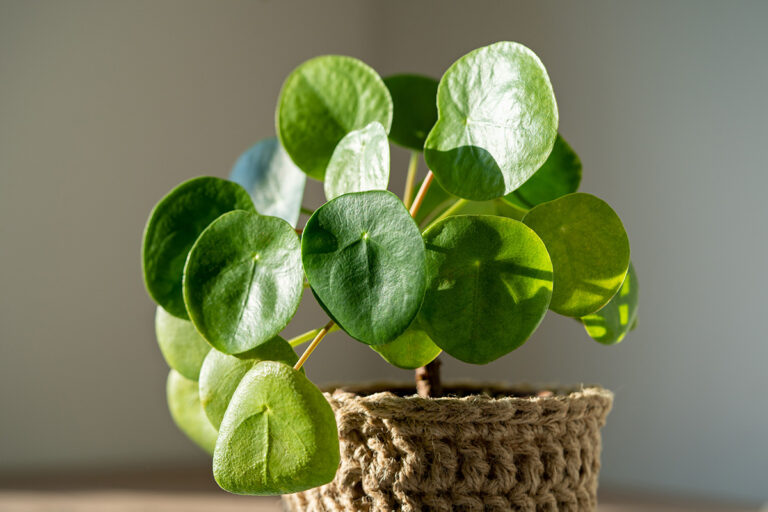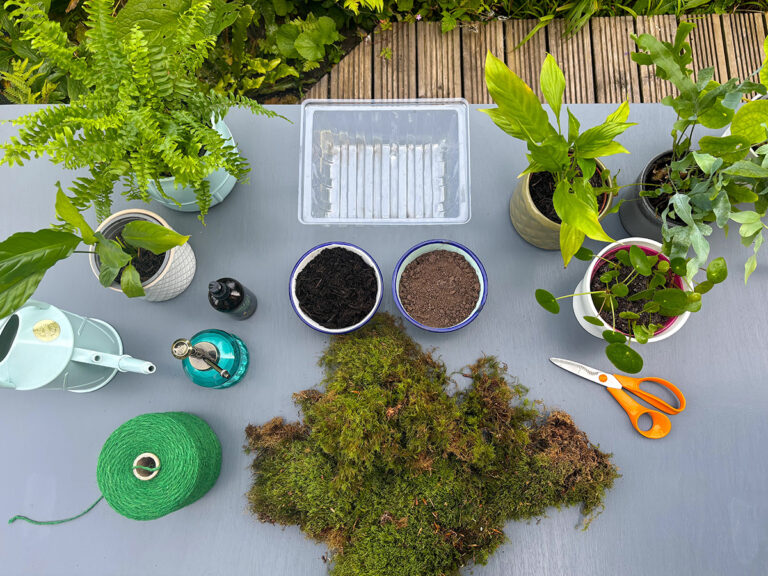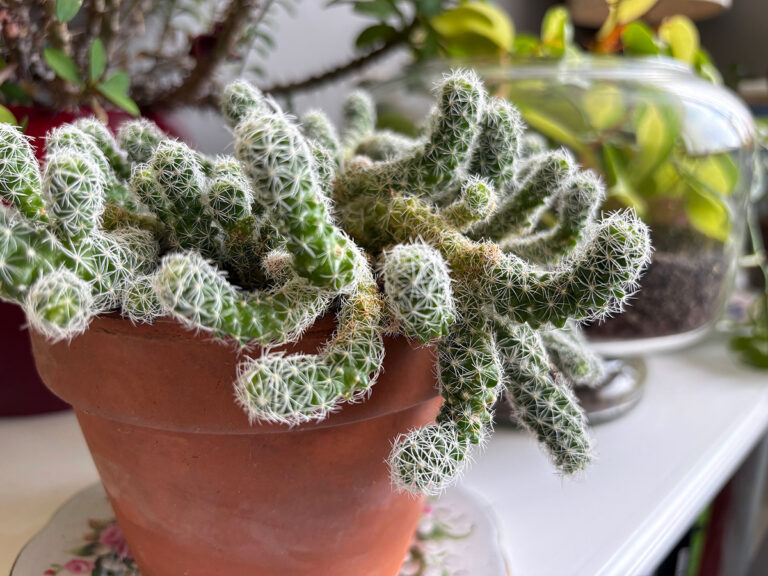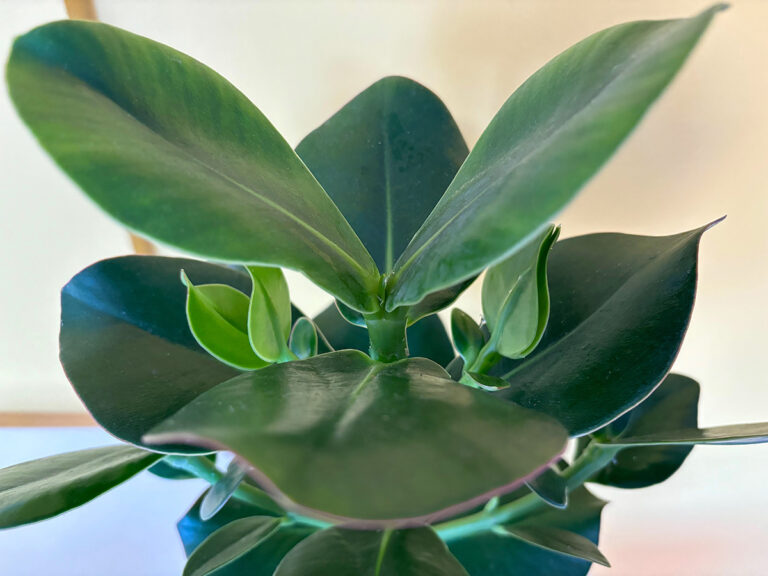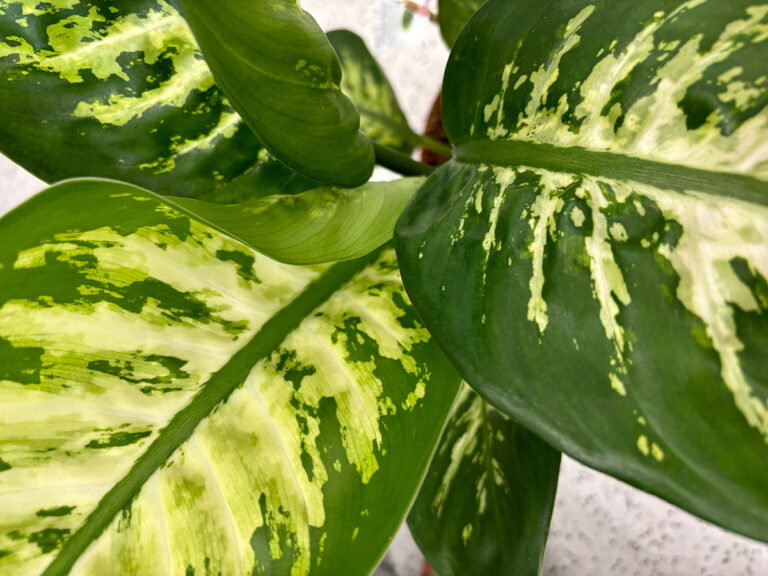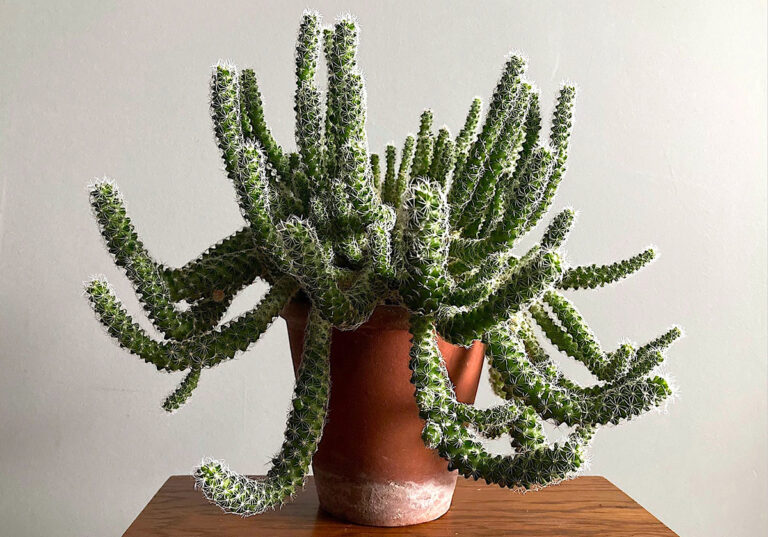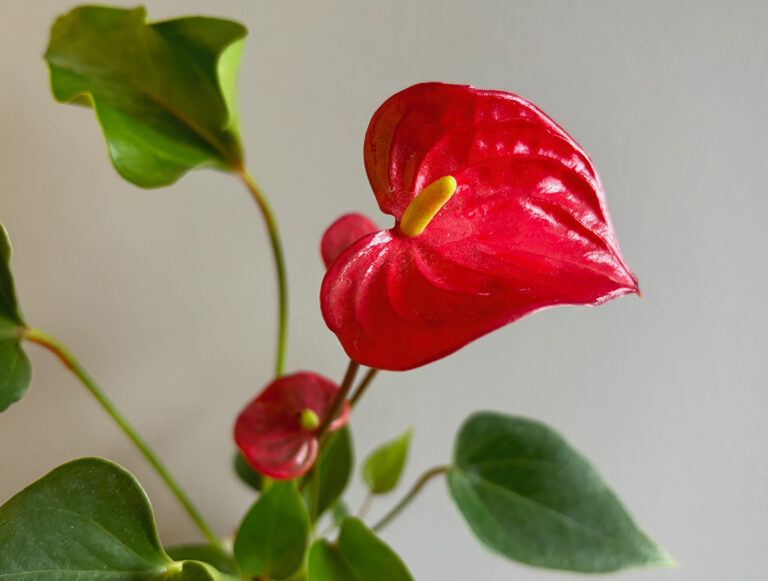With the holiday season fast approaching, many of us will be thinking of a few weeks away from home but when you are a plant parent ensuring your houseplants survive the summer break is a top priority. One way to get round this is to make sure your plant collection has a good selection of drought tolerant plants.
A low maintenance houseplant which will sail seamlessly through summer is Ledebouria socialis, silver squill. Related to hyacinth its common names include wood hyacinth or leopard lily.
Silver squill originates from South Africa and is used to dry environments. It has purple teardrop-shaped bulbs which sit above the soil surface, these bulbs can store water making it perfectly adapted to periods of neglect over the summer holidays.
This is a small plant growing 15-25cm (6-10 inches) tall with stunning silver leaves dotted in eye-catching leopard-like spots. If you are new to houseplants then this is a great plant for beginners. So how do you look after it?
Light
Silver squill are happy in bright spaces but avoid intense direct sunlight and super shady spots as both will hinder growth. Long periods of shade may stop the trademark spots appearing on leaves. Monitor your plants and don’t be afraid to move them around to find the optimal position in your home.
Strong summer sun may leave soil parched and can scorch leaves creating brown dead-looking patches along the leaf margins; this is where excess moisture has been evaporated out of the leaf before the plant has had a chance to replenish it.
Once damaged scorched leaves cannot regenerate but although cosmetically unappealing the rest of your plant should recover if moved to more favourable lighting conditions. Wait until plenty of new healthy leaves have grown before you snip off the damaged ones as these old leaves are still capable of photosynthesising.
Temperature
In the summer you could even give your plant a holiday by moving it outdoors. Once temperatures are consistently around 15°C (60°F) pop it outside in a protected bright spot, out of direct sunlight; then as we move into late autumn and the evening temperatures fall, bring it back indoors to the safe, warmth of your home. In the wild silver squill are actually hardy down to -1°C (30°F).
Water
Silver Squill require little intervention. You are far more likely to kill them with kindness by overwatering rather than under watering so if in doubt, pop your finger into the soil and feel if the soil is moist 2-3cm (an inch) below the surface, if dry then water your plant. As with many houseplants, water from the base and allow the plant to absorb water directly at its roots.
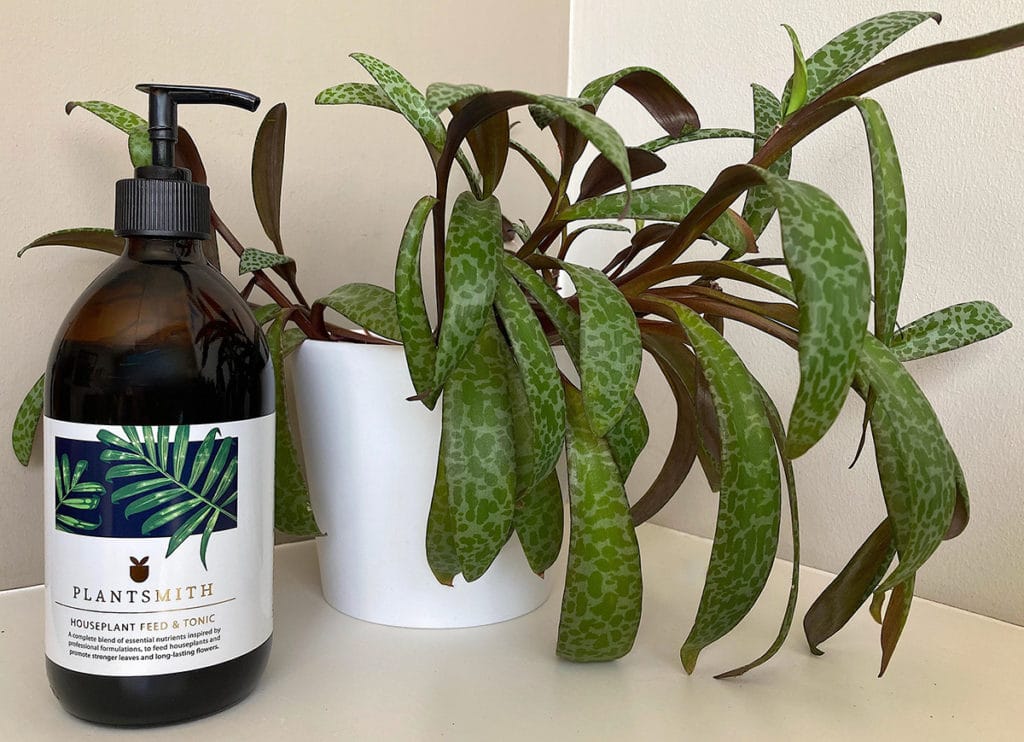
If possible use collected rainwater as tap water contains chlorine but if tap water is the only option leave a container of tap water to sit for 24 hours and then harmful chemicals like chlorine should dissipate and be safe to use on your plant.
Water is absolutely essential to a plant’s survival to facilitate all the chemical processes required for it to photosynthesise.
Soil
Silver squill do not like soggy roots so make sure your potting mix is free-draining. A peat-free cactus and succulent soil is ideal but equally you can make your own and add sand or fine grit to improve drainage.
Fertiliser
Like us, plants require a combination of nutrients to thrive and when plants live in pots rather than the open ground they are totally reliant on us to provide them with a balanced diet but essential nutrients such as iron, potassium and magnesium will encourage healthy green leaves and promote flower growth.
Plantsmith ‘Fortifying Houseplant Tonic’ is a professional houseplant food containing 13 essential nutrients including kelp which stimulates cell growth. Shake the bottle and mix 5 ml (approx. 4 pumps) into a litre of tepid rainwater and apply at the base of the silver squill once a month.
Liquid plant food is the best way to get food into your plant, you are providing feed in solution; your plant is not having do any work to break nutrients down, they are already available to absorb.
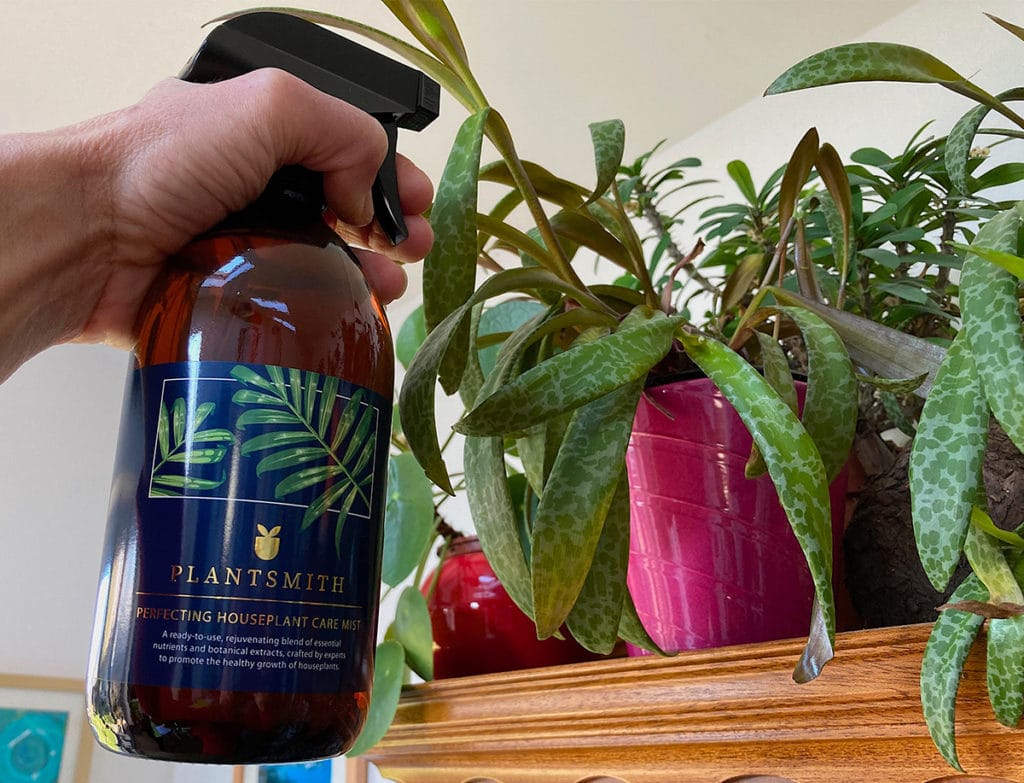
You can also periodically mist plant leaves with Plantsmith ‘Perfecting Houseplant Care Mist’ to help hydrate and keep it dust-free.
Flowering
Silver squill will produce beautiful sprays of blooms in late winter, early spring but if you are struggling to get your plants to flower then this winter make sure your plant has a good rest in a cool location – and that doesn’t mean placing it near some funky wallpaper but make sure the temperature is cool! Reduce watering and stop feeding. Silver squill need a period of dormancy over winter to recharge – don’t we all!
Propagation
The simplest form of propagation is by division. Bulbs form clusters and will naturally multiple and divide all by themselves. Once bulblets have formed you can carefully remove these and pot on separately. This is a great way to increase your own collection or share plants with friends.
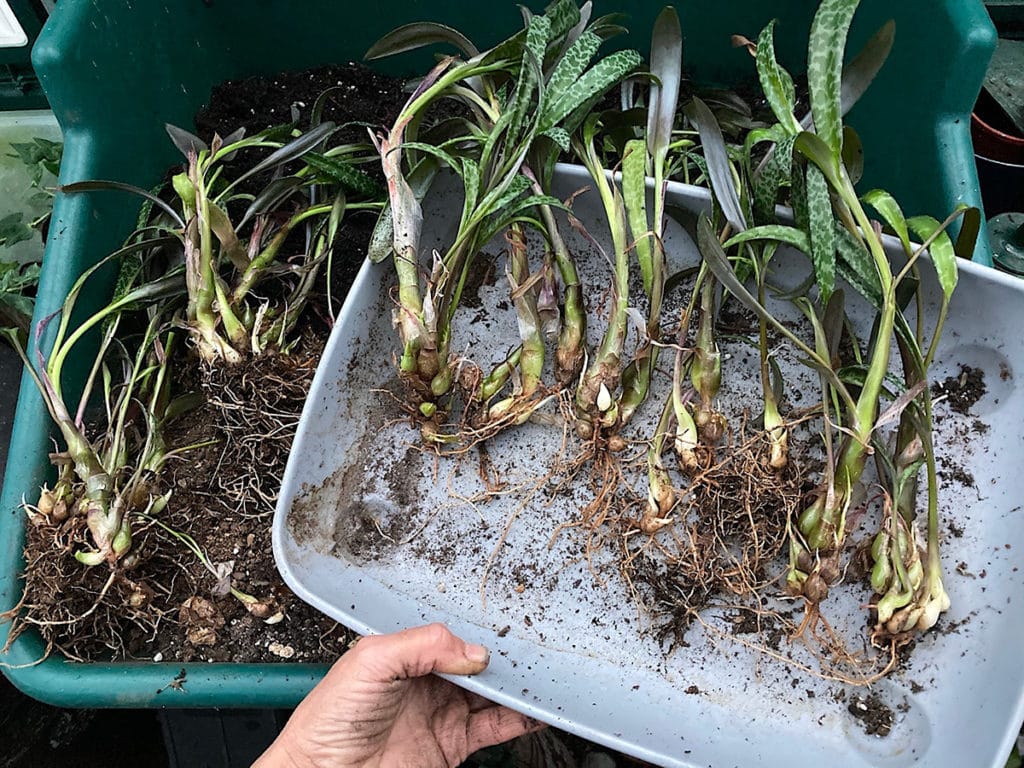
Just take care when handling as all plant parts are poisonous so keep out of the reach of small children and pets.


